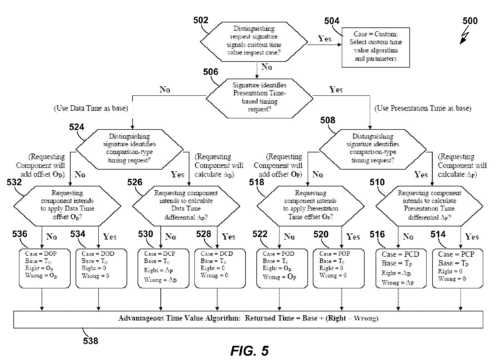by Dennis Crouch
The Federal Circuit regularly affirms PTAB judgments without issuing any explanatory opinion to justify the result. Although not found in the Rules of Appellate procedure, the court has created its own local rule allowing itself to "enter a judgment of affirmance without opinion." In a 2017 paper, I argued that these no-opinion affirmances violated both the spirit and letter of 35 U.S.C. 144, which requires the court to issue a "mandate and opinion" in cases appealed from the USPTO. Since that time, the Federal Circuit has continued its practice, issuing hundreds of no-opinion judgments. Throughout this time, dozens of losing parties have petitioned for en banc rehearing with the Federal Circuit or certiorari to the Supreme Court. Up to now, both courts have remained silent and have refused to address the issue.
A new pending petition raises the issue once again. Virentem Ventures v. Google (Supreme Court 2023). Virentem sued Google for patent infringement, and Google responded with a set of Inter Partes Review (IPR) petitions. The PTAB eventually sided with Google and invalidated the claims of all seven challenged patents. Virentem appealed; but the Federal Circuit affirmed the PTAB's judgement without opinion under its local Rule 36.
The new petition to the Supreme Court asks four related questions:
- Does the Federal Circuit’s use of Rule 36 to affirm without opinion PTAB invalidity determinations that are challenged based on pure questions of law violate a patentee’s due process rights through arbitrary or disparately applied results?
- Did the Federal Circuit’s use of Rule 36 to affirm without opinion PTAB invalidity determinations of Virentem’s patents violate its due process rights?
- Did the PTAB’s adoption, and Federal Circuit’s summary affirmance, of broad constructions of Time Scale Modification and other claim terms over Virentem’s explicit narrowing definitions, violate the Federal Circuit’s own law and precedents on claim construction in such circumstances?
- Does the Federal Circuit’s use of Rule 36 to affirm without opinion decisions from the PTAB violate the requirement of 35 U.S.C. § 144 that the Federal Circuit “shall issue to the Director its mandate and opinion”?
The Virentem patents relate to time-scale modification -- the speeding-up or slowing-down of media. You may remember Alvin, Simon, and Theodore -- the Chipmunks. That unintelligible high pitch arguably is not really time-scale modification because it is such a failure. Rather, TSM modern impliedly requires maintaining pitch and intelligibility. In this case though, the PTAB broadly interpreted the term to include any system that speeds-up or slows-down media. With that broad interpretation, the tribunal then was able to find prior art rendering the claims obvious. Virentem argued that its patents would be seen as valid under the narrower construction. The PTAB's response: If you wanted that limitation in the claim, you should have added it to the claim.
To continue reading, become a Patently-O member. Already a member? Simply log in to access the full post.
